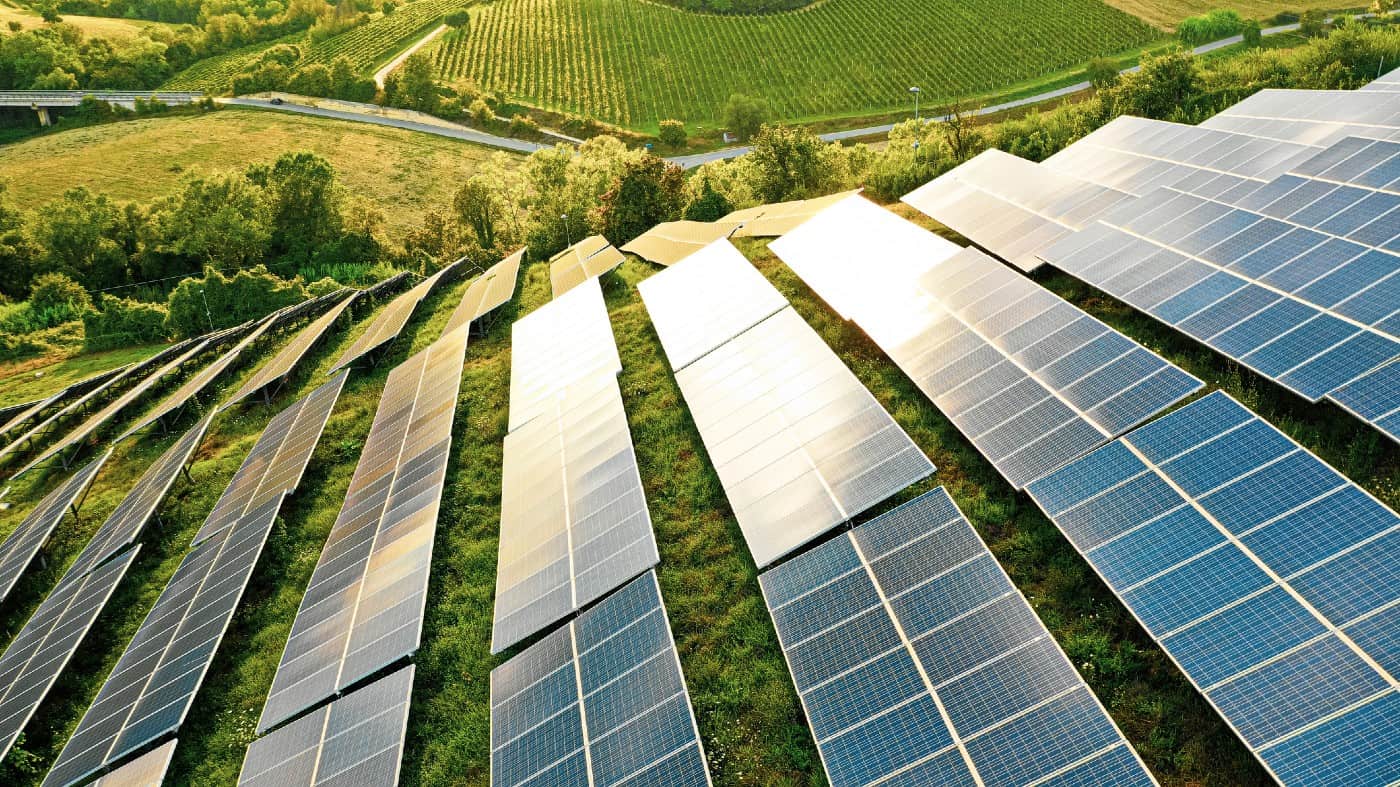If I want to invest in companies radially changing the world, I’m most likely to look towards the US Nasdaq. But if I’m after growing my passive income, then the UK market wins hands down.
That’s because there are many dozens of high-quality UK shares that offer me juicy cash dividends.
At the moment, I like the look of renewable energy stocks. The sector has fallen out of favour, potentially offering investors like myself an attractive long-term opportunity.
One FTSE 250 dividend stock that stands out to me right now is The Renewables Infrastructure Group (LSE: TRIG). Here’s why.
An industry of the future
TRIG, as it’s commonly referred to, is a £2.7bn renewable energy investment company. Its purpose is to generate returns from a diversified portfolio of renewables infrastructure that contribute towards a net zero carbon future.
The company owns wind, solar, and battery storage assets across the UK and five European nations. It makes money by selling the electricity these assets generate, before distributing a significant proportion of this income to shareholders via dividends.
Straight away, I like this diversification. If adverse weather patterns prevent adequate energy generation in one location, then the rest of the portfolio should offset this.
Another attractive feature is that its long-term project revenues have inflation linkage via regulated incentives and exposure to energy prices.
£1k a year in passive income
Today, the stock carries a market-beating dividend yield of 6.5%. The share price is currently 109p, with one share yielding a dividend of 7.18p.
However, this calendar year (and the firm’s financial year) is obviously nearly over. Looking forward then, the stock is forecast to yield 6.7% in 2024, paying 7.37p per share.
That means I’d need approximately 13,570 shares to generate £1,000 a year in passive income. They would cost me about £14,790.
Of course, like with the weather, forecasts aren’t always accurate. And dividends are never guaranteed to be dished out. Investing in stocks always carries risk.
That said, TRIG does have an excellent record stretching back 10 years, which I find reassuring.
Long-term holding period
The world’s capacity to generate electricity from sustainable technologies is on course to grow rapidly.
Indeed, an estimated 7,749GW of solar and energy storage is due to be installed globally by 2050, up from 832GW in 2019. And that’s just solar, not including wind.
So, given this growing market, why has the TRIG share price declined around 25% in 15 months?
Well, for one, interest rates have obviously gone much higher over this period. This has made alternative assets (like fixed income and cash) more attractive relative to stocks.
Higher rates have also increased the cost of borrowing to finance new solar and wind farms. This is preventing the firm from growing its portfolio of assets.
Indeed, TRIG just sold three wind farms in the Republic of Ireland for a total of around €25m to bolster its balance sheet.
As a long-term shareholder, though, my investing horizon stretches beyond this period of higher rates and volatility. So this doesn’t worry me too much.
In fact, while the shares are down, I’m considering investing more money in a bid to increase my passive income in 2024.








